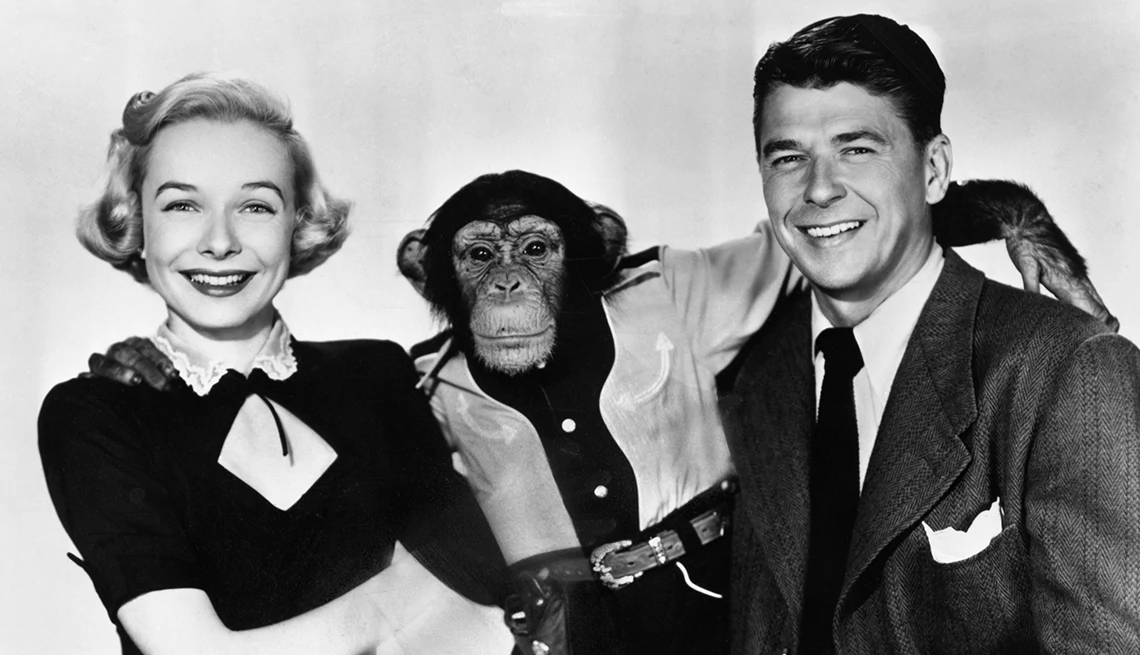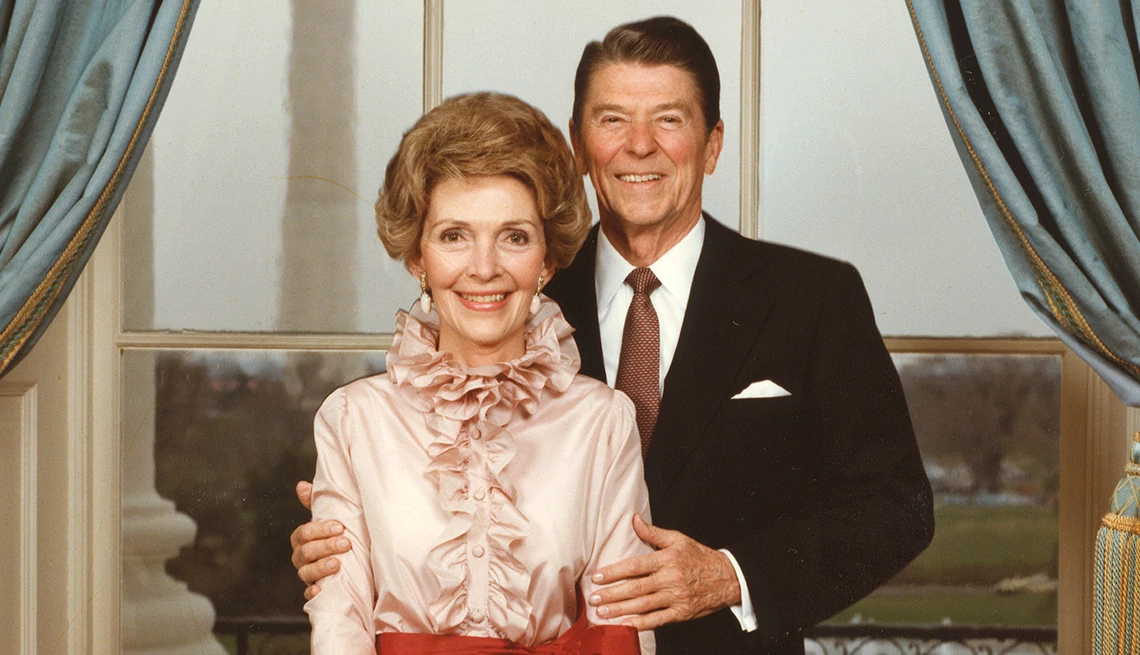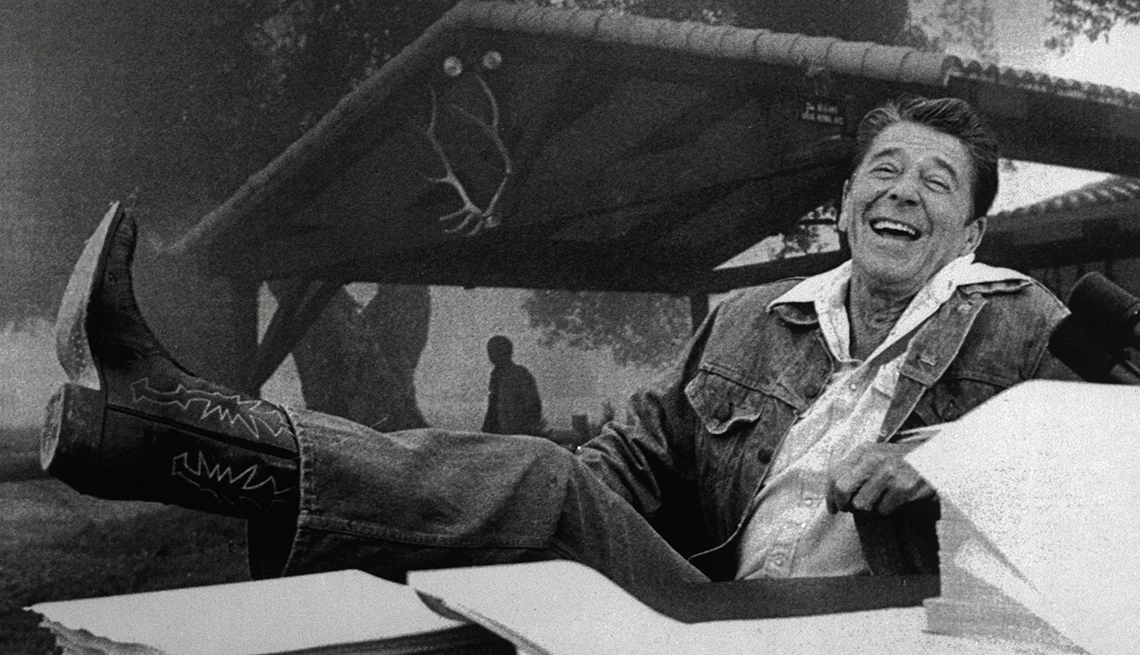AARP Hearing Center


The new film Reagan, starring Dennis Quaid as the former president, is doing well at the box office, but a two-hour, 15-minute movie can only capture so much about a complicated, influential character like Ronald Reagan, who died in 2004 at age 93. If you’re looking for a nuanced, extremely in-depth portrait of the man, check out Reagan: His Life and Legend (Sept. 10) by Max Boot, a Russian-born military historian, national security expert, conservative journalist and Washington Post columnist.
Boot, who worked on this doorstop of a book (it’s 880-pages!) for 10 years, interviewed more than 100 people who knew Reagan (to the extent that anybody did), sifted through boxes in Reagan archives, and read thousands of pages of documents. “I set out to tell his real story — the man, not the legend — for a country that has greatly changed since he made his moving goodbye in 1994 after getting an Alzheimer’s diagnosis,” Boot wrote in an adapted excerpt in The Washington Post.
Here are some things we learned about Reagan's personal life from the new biography:
1. His mother almost named him Donald Reagan
When baby Reagan was born during a snowstorm in Tampico, Illinois, on Feb. 6, 1911, his mother, Nelle Wilson, planned to call him “Donald,” but changed her mind because her sister had already used that name for her own son. So “Donald” was crossed out on the birth certificate and the baby became Ronald Wilson Reagan. Boot reports that family legend has it his father, Jack, thought the squalling newborn looked a little bit like a “fat Dutchman,” so “Dutch” was what he called himself, until he got to Hollywood in 1937.
2. Reagan’s mom was a devoted parent, and a major influence
Nelle was devout, strict, kind and loving, cheerful and generous — “a frustrated actress,” as her son described her, with a passion for dramatic recitals. Nelle once coaxed her young son into performing in public and he so liked the applause he remembered it vividly 50 years later, Reagan told the ghostwriter for his 1990 presidential memoir, New York Times reporter Robert Lindsey.
3. He went to college because he was in love
He was deeply smitten with high school girlfriend Margaret Cleaver, the daughter of a minister, and followed her to Eureka College, a staid place in Eureka, Illinois, where no dancing was allowed — although a student revolt brought legal, supervised dancing in 1929, soon after Reagan arrived. He was on the football team, and it was here that he discovered acting. Academics weren’t a priority; according to Boot, “his only A was in a senior-year class, the ‘Fundamentals of Sports.’” A few years after graduating, Cleaver dumped him by letter, sending along with it his fraternity pin and engagement ring.
4. He was a lifesaver, literally
He worked as a lifeguard in high school, and swam competitively and for fun. In his 20s, while living in Iowa, he regularly went to a giant public pool, where he once “saved two Girl Scouts who were drowning in the deep end of the pool. Those would be his seventy-eighth and seventy-ninth saves, even though he was no longer an actual lifeguard,” according to Boot. He also scared a potential mugger away from a young nursing student; from his boardinghouse window in Des Moines (where he worked as a radio announcer), he saw the man demand her purse and point something at her back. Reagan shouted, “Leave her alone or I’ll shoot you right between the shoulders!” waving an unloaded pistol. The guy ran away.
5. His dad was an alcoholic
Jack was a surly alcoholic whose drinking affected his ability to keep a job. Reagan described his father as “a cynic” who “tended to suspect the worst of people,” and he had traumatic memories from childhood of Jack’s binge drinking. Reagan’s younger son, Ron, told Boot that his grandparents’ fights left the adult Reagan with an “almost pathological squeamishness with regard to interpersonal conflict.”




































































More From AARP
We Combed Through 38 Boxes of Dr. Ruth’'s Letters. Here’'s What We Found
The late sex therapist’s private letters capture her spirit — and Americans’ sexual preoccupations in the 1980sFall 2024 Books Preview: 37 of the Season’s Top Reads
The latest from Liane Moriarty and Richard Powers, memoirs from Al Pacino and Connie Chung, and many moreCheck Out AARP’s Favorite Books of 2024 (So Far)
Our books editor shares her top pick and nine other fiction and nonfiction standoutsRecommended for You